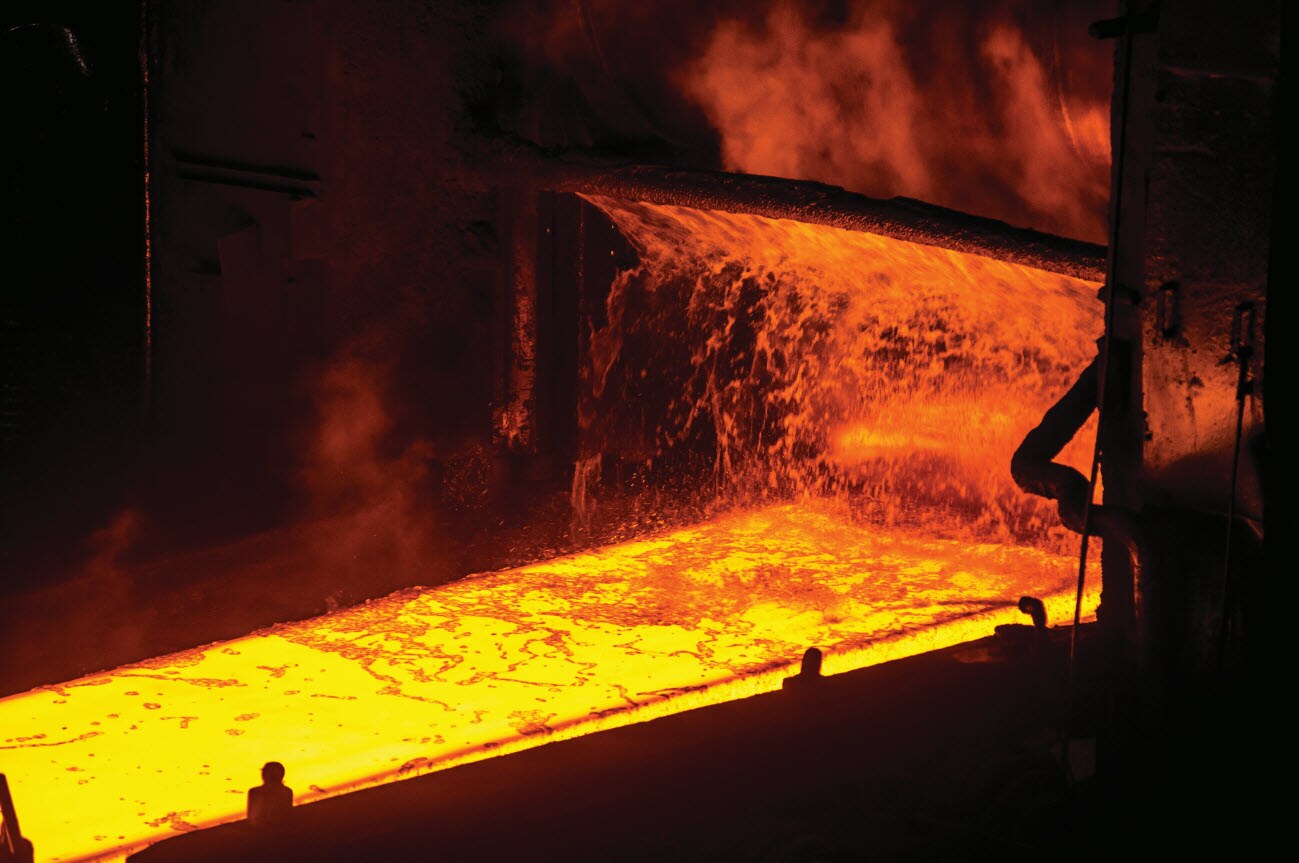 Non-metallic inclusions are of considerable importance for the steel industry due to the dramatic influence that even small amounts of them may have on properties, mechanical and otherwise, of the metal or on the production process itself. Inclusions can have positive effects and may increase the value of the steel, but most often inclusions signify quality problems and reduced value. This is true in particular for an increasing number of steel types used in demanding applications and industries, such as the automotive, aerospace, nuclear, offshore and pipeline industries. In many cases, inclusions also signify issues in the steel manufacturing process (e.g., nozzle clogging). Therefore for many companies, a main objective is to keep critical inclusions under very tight control during production.
Non-metallic inclusions are of considerable importance for the steel industry due to the dramatic influence that even small amounts of them may have on properties, mechanical and otherwise, of the metal or on the production process itself. Inclusions can have positive effects and may increase the value of the steel, but most often inclusions signify quality problems and reduced value. This is true in particular for an increasing number of steel types used in demanding applications and industries, such as the automotive, aerospace, nuclear, offshore and pipeline industries. In many cases, inclusions also signify issues in the steel manufacturing process (e.g., nozzle clogging). Therefore for many companies, a main objective is to keep critical inclusions under very tight control during production.
The modern reference for inclusion analysis is the SEM/EDX (scanning electron microscope coupled with energy dispersive X-ray fluorescence spectroscopy). This analytical process takes typically several hours, including sample preparation and interpretation, which is far too long to be applicable to production control.
Within recent years we’ve seen the development of extremely fast and economical OES (optical emission spectrometry) methods which are able to provide inclusion information even during the steel production process. The method uses the principle of Single Spark Acquisition (SSA), where signals from the individual “single sparks” are not summed as in conventional OES acquisition, but processed with special algorithms. Several aspects of these methods explain the continuously growing interest from the steel community:
- Availability of inclusion information in near-real time during the production of steel — The inclusion analysis, which is performed in combination with the classical spectrochemical analysis, does not extend the time needed for the traditional OES analysis.
- Drastic reduction of investment costs — The inclusion analysis is performed with the same instrumentation used for production process control.
- Extremely short time for inclusion analysis — A two-run combined analysis takes about 1 minute; it is possible to analyze more than 30 samples per hour.
- No additional cost or time for operations — Sample preparation, maintenance, and service operations are the same as for a standard OES instrument.
The most advanced methods to date can determine the quantitative size (distribution) analysis for various types of inclusions, as well as the quantitative determination of oxygen down to a few ppm in killed steels.
The high speed of these analytical methods makes them uniquely suited for the control of inclusions during production. They can of course also be extremely beneficial (and simple to implement) when seeking to monitor inclusions in finished or semi-finished steel products.
Additional Resources:
- Product specifications: ARL iSpark 8860 Inclusion Analyzer
- Interview/Article: Real-time Analysis of Steel Production Samples


Leave a Reply